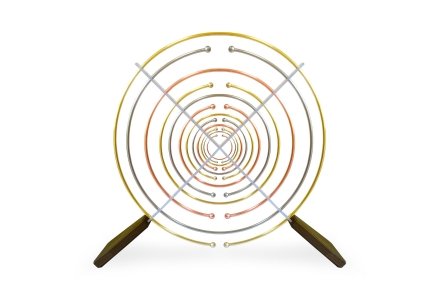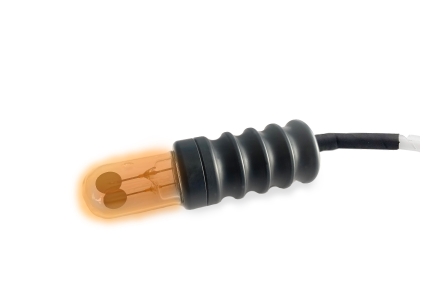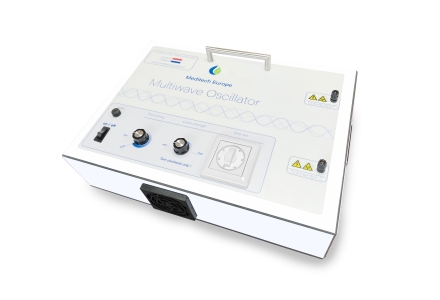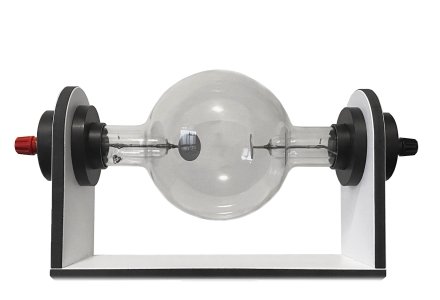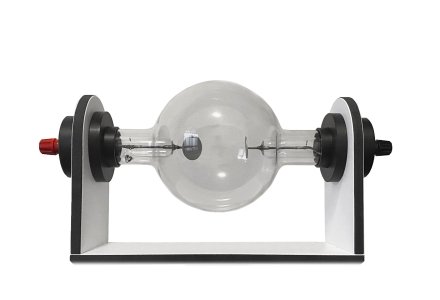
Sound therapy or "Soundhealing" is an alternative healing practice that uses sound vibrations to promote physical, emotional, mental and spiritual well-being. The idea behind sound therapy is that (sound) frequencies can resonate with cells and cell structures and affect various systems and processes. In this comprehensive blog, we will discuss the origins and workings of sound therapy and name commonly used tools. Finally, we will discuss some alternative approaches that are also based on frequency and resonance.
Where does sound therapy originally come from?
Sound therapy has its roots in ancient traditions and cultures around the world, where sound and tone have long been recognized as a powerful tool for healing, wellness and harmony.
Various ancient cultures, such as the ancient Egyptians, Greeks, Indians and indigenous peoples around the world, used sound in rituals, healing ceremonies and spiritual practices. For example, the ancient Greeks believed in the healing power of music and sound, as described by philosophers such as Pythagoras.
In many traditional healing practices, such as Chinese medicine and Ayurveda from India, sounds are used to correct energetic imbalances and promote health. This can include the use of mantras, chanted healing sessions, and specific instruments.
In spiritual traditions around the world, sound is seen as a means of accessing higher states of consciousness, spiritual enlightenment and healing. For example, the use of singing bowls in Tibetan Buddhist meditations and ceremonies to promote harmony and spiritual growth.
In the 20th century, scientists and therapists in the West began to take an interest in the therapeutic uses of sound. Pioneers such as Alfred Tomatis and Hans Jenny contributed to the development of sound therapies and the understanding of how sound vibrations can affect cells and cell structures and promote healing.
Today, sound therapy has evolved into a wide range of practices and approaches. It is used in complementary medicine, wellness centers, therapeutic settings, and even in mainstream health care as an adjunct to traditional treatments.
How does sound therapy work?
Sound therapy works on the principle that sound vibrations can have an effect biological organisms both physically and emotionally. Important to note here is that cells and cell structures are usually surrounded by water and that cells themselves are largely composed of water. The water molecules of that water can respond to various forms of energy and vibration, including sound. An important researcher in this area is Dr. Masaru Emoto who has researched energetic properties of water and the memory effect of water.
Below we name other important aspects of sound therapy and why it works:
Resonance and Vibration: Sound consists of vibrations that resonate with different parts of living organisms, cells and cell structures. The idea is that this resonance can help release blockages, improve the flow of energy and support the natural healing process.
Instruments and Techniques: Sound therapy often uses specific instruments such as singing bowls, didgeridoos, drums and other resonant instruments. These instruments produce sound waves that have different frequencies and tones, each of which can have its own effects on the body and mind.
Relaxation and Stress Reduction: An important aspect of sound therapy is its relaxing effects. The soothing sounds allow living organisms to experience deep relaxation, which can help reduce stress, anxiety and tension.
Holism and Energy Balance: Sound therapists often believe in the holistic principle, considering the body, mind and spirit as a whole. By harmonizing vibrational frequencies in biological systems, the goal is to restore natural balance and promote well-being on all levels.
Individual Experience: The experience of sound therapy can vary greatly depending on the biological organisms, their needs and the specific techniques used. Some sessions may focus on specific problems, while others are more generally focused on relaxation and energetic balance.
In short, sound therapy combines scientific principles of sound and vibration with holistic approaches to health and wellness, aiming to promote physical healing, emotional well-being and spiritual growth.
What instruments are used?
A variety of instruments are used in sound therapy, each with their unique properties and effects on the body and mind. Here are some of the most commonly used instruments and the reasons why they are used:
Singing Bowls: Hand struck metal bowls that are struck with a beater or rubbed around the rim. The harmonic and long-lasting vibrations of singing bowls are used to promote deep relaxation, balance energy levels and support meditation.
Crystal Singing Bowls: bowls made of quartz crystal that are struck or rubbed around the rim. Crystal singing bowls produce pure, clear tones that resonate with the body and chakras, and are often used to promote deep relaxation and spiritual healing.
Gongs: Large metal discs that are struck with a soft mallet. Gongs produce powerful, complex sound waves that resonate with the body and can promote deep relaxation and energy balance. They are often used in gong baths and meditation sessions.
Tuning forks: Metal forks that, when struck, emit a specific frequency. Tuning forks are used for targeted therapy, applying specific frequencies to specific parts of the body to promote the flow of energy and support healing.
Didgeridoo: A long, hollow wooden wind instrument that produces a low, deep, vibrating sound. The sound of the didgeridoo has a grounding and calming effect, and its vibrations can help relieve tension and blockages.
Handpan/Hang: A steel percussion instrument that produces melodic and rhythmic sounds when struck. The ethereal and soothing sounds of the handpan can help with relaxation, stress reduction and meditation.
Chanting and Mantras: The use of the human voice to chant or repeat specific sounds, words or phrases. Chants and mantras can help focus the mind, calm the body and raise energetic frequencies. They are often used in meditative practices and spiritual rituals.
Native American Flutes: Traditional wooden flutes with a warm, melodic sound. The natural and soothing sounds of these flutes can aid in meditation, relaxation and promote emotional healing.
Drums: Shamanic Drums, Djembe's and Native American Drums are most commonly used in sound therapy. Shamanic Drums are large, single drums played with a mallet. Djembe's are cup-shaped drums from Africa that are played with the hands. And Native American Drums are Traditional drums used in Native American ceremonies.
Drumming creates strong rhythmic vibrations that can resonate deeply with biological organisms. Rhythm can have a calming effect on the nervous system and help synchronize brain waves, which in turn can lead to deep relaxation and meditation. The deep, grounding sounds of drums can help promote a sense of connection to the earth and one's own body, which is important for energetic balance and well-being.
Each of the instruments mentioned above has its own unique vibrational frequencies and sound qualities, which are specifically chosen to resonate with different aspects of biological organisms, the mind and spirit, to support a holistic approach to healing and well-being.
Alternative approaches based on resonance and vibration
In addition to sound therapy, there are several other techniques and methods that work with frequency and resonance that can optimize and support biological organisms and biological systems, including:
the Multiwave Oscillator
The Multiwave Oscillator (MWO) was discovered by French engineer Georges Lakhovsky in the 1920s. Lakhovsky believed that cells function as tiny radio transmitters and receivers, and that their health can be affected by specific electromagnetic waves. The MWO generates a broad spectrum of frequencies that stimulate and optimize cell structures. To achieve this, electromagnetic waves are emitted via Lakhovsky Antennas. Meditech Europe is one of the most advanced manufacturers in the field of the Multiwave Oscillator.
The Groundbreaking Technology of Royal Raymond Rife
Royal Raymond Rife, an American scientist, developed the Rife technology in the 1930s. He discovered that specific frequencies could destroy disease-causing microorganisms without damaging surrounding healthy tissues. The Rife Phanotron and Rife Tubes, as produced by Meditech Europe, are examples of equipment based on Rife's theories.
Conclusion
Sound therapy offers a rich and multifaceted approach to health and wellness, rooted in ancient traditions and supported by modern science. Through the use of various instruments such as singing bowls, gongs, didgeridoos and drums, sound therapy can promote profound physical and emotional healing. The effectiveness of sound therapy is based on the principle of resonance and vibration.
In addition to sound therapy, there are several other methods and techniques that are also based on frequencies, including outside the audible spectrum, and resonance including the Multi Wave Oscillator in conjunction with Lakhovsky Antennas and the Rife Phanotron and Rife Tubes. Meditech Europe, a leading manufacturer of products in the field of frequency and resonance, is happy to help you further in this area. Please contact info@meditecheurope.nl.
Sound therapy continues to evolve and adapt to modern insights and technologies while remaining firmly rooted in ancient wisdom and practices that recognize sound, harmonic frequencies and resonance as fundamental elements of health and well-being.
